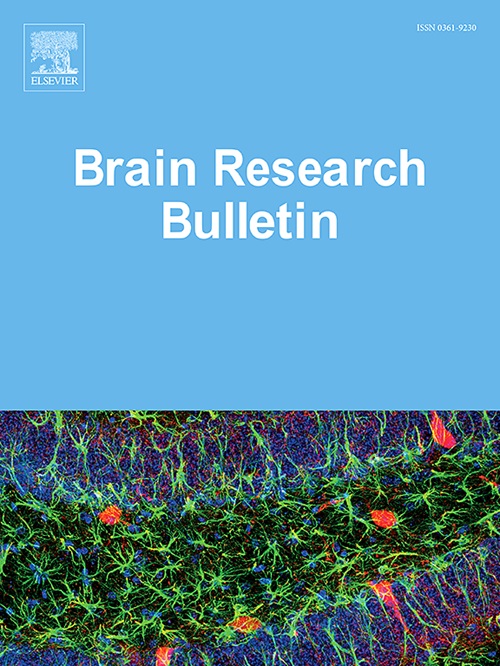Unraveling the neural dynamics of mathematical interference in english reading: A novel approach with deep learning and fNIRS data
IF 3.5
3区 医学
Q2 NEUROSCIENCES
引用次数: 0
Abstract
English has emerged as the predominant global language, driving efforts to optimize its acquisition through interdisciplinary cognitive research. While behavioral studies suggest a link between English learning and mathematical cognition, the neural mechanisms underlying this relationship remain poorly understood. To bridge this gap, the present study employs functional near-infrared spectroscopy (fNIRS) to construct a novel dataset on mathematical interference in English acquisition. Utilizing this dataset, a novel deep learning model named AC-LSTM is proposed, amalgamating Transformer and LSTM architectures to identify residual mathematical cognition during the English learning process. The AC-LSTM model achieves an exceptional accuracy rate of 99.8 %, surpassing other machine learning and deep learning models. Moreover, a multi-class classification experiment is conducted to discern algebra, geometry, and quantitative reasoning interference, with the AC-LSTM model achieving the highest accuracy of 75.9 % in this classification task. Furthermore, crucial brain channels for interference detection are pinpointed through grid search, and alterations in vital brain regions (R-Broca and L-Broca) are unveiled via association rule analysis. By integrating fNIRS, deep learning, and data mining techniques, this study delves into cognitive interference in English learning, providing valuable insights for educational neuroscience and data mining research.
揭示英语阅读中数学干扰的神经动力学:一种基于深度学习和近红外光谱数据的新方法
英语已经成为占主导地位的全球语言,通过跨学科认知研究来优化其习得的努力。虽然行为研究表明英语学习和数学认知之间存在联系,但人们对这种关系背后的神经机制知之甚少。为了弥补这一差距,本研究利用功能近红外光谱(fNIRS)构建了一个关于英语习得中数学干扰的新数据集。利用该数据集,提出了一种新的深度学习模型AC-LSTM,该模型将Transformer和LSTM架构结合起来,用于识别英语学习过程中的剩余数学认知。AC-LSTM模型的准确率达到了99.8 %,超越了其他机器学习和深度学习模型。此外,还进行了多类分类实验,以识别代数、几何和定量推理干扰,AC-LSTM模型在该分类任务中准确率最高,为75.9% %。此外,通过网格搜索确定干扰检测的关键脑通道,并通过关联规则分析揭示重要脑区域(R-Broca和L-Broca)的变化。本研究通过整合fNIRS、深度学习和数据挖掘技术,深入研究英语学习中的认知干扰,为教育神经科学和数据挖掘研究提供有价值的见解。
本文章由计算机程序翻译,如有差异,请以英文原文为准。
求助全文
约1分钟内获得全文
求助全文
来源期刊

Brain Research Bulletin
医学-神经科学
CiteScore
6.90
自引率
2.60%
发文量
253
审稿时长
67 days
期刊介绍:
The Brain Research Bulletin (BRB) aims to publish novel work that advances our knowledge of molecular and cellular mechanisms that underlie neural network properties associated with behavior, cognition and other brain functions during neurodevelopment and in the adult. Although clinical research is out of the Journal''s scope, the BRB also aims to publish translation research that provides insight into biological mechanisms and processes associated with neurodegeneration mechanisms, neurological diseases and neuropsychiatric disorders. The Journal is especially interested in research using novel methodologies, such as optogenetics, multielectrode array recordings and life imaging in wild-type and genetically-modified animal models, with the goal to advance our understanding of how neurons, glia and networks function in vivo.
 求助内容:
求助内容: 应助结果提醒方式:
应助结果提醒方式:


